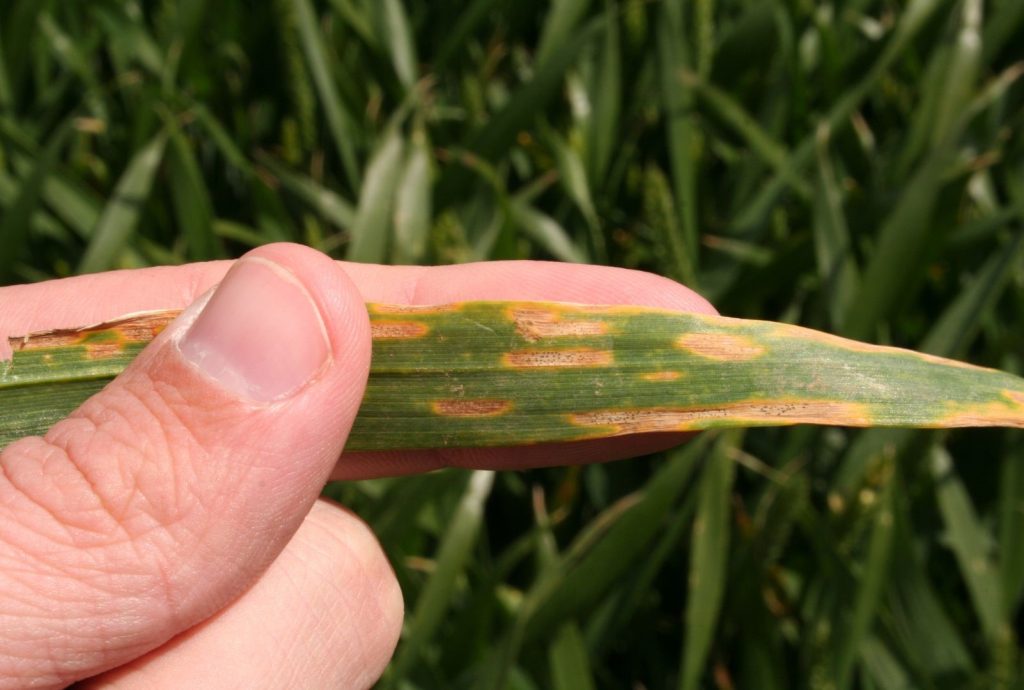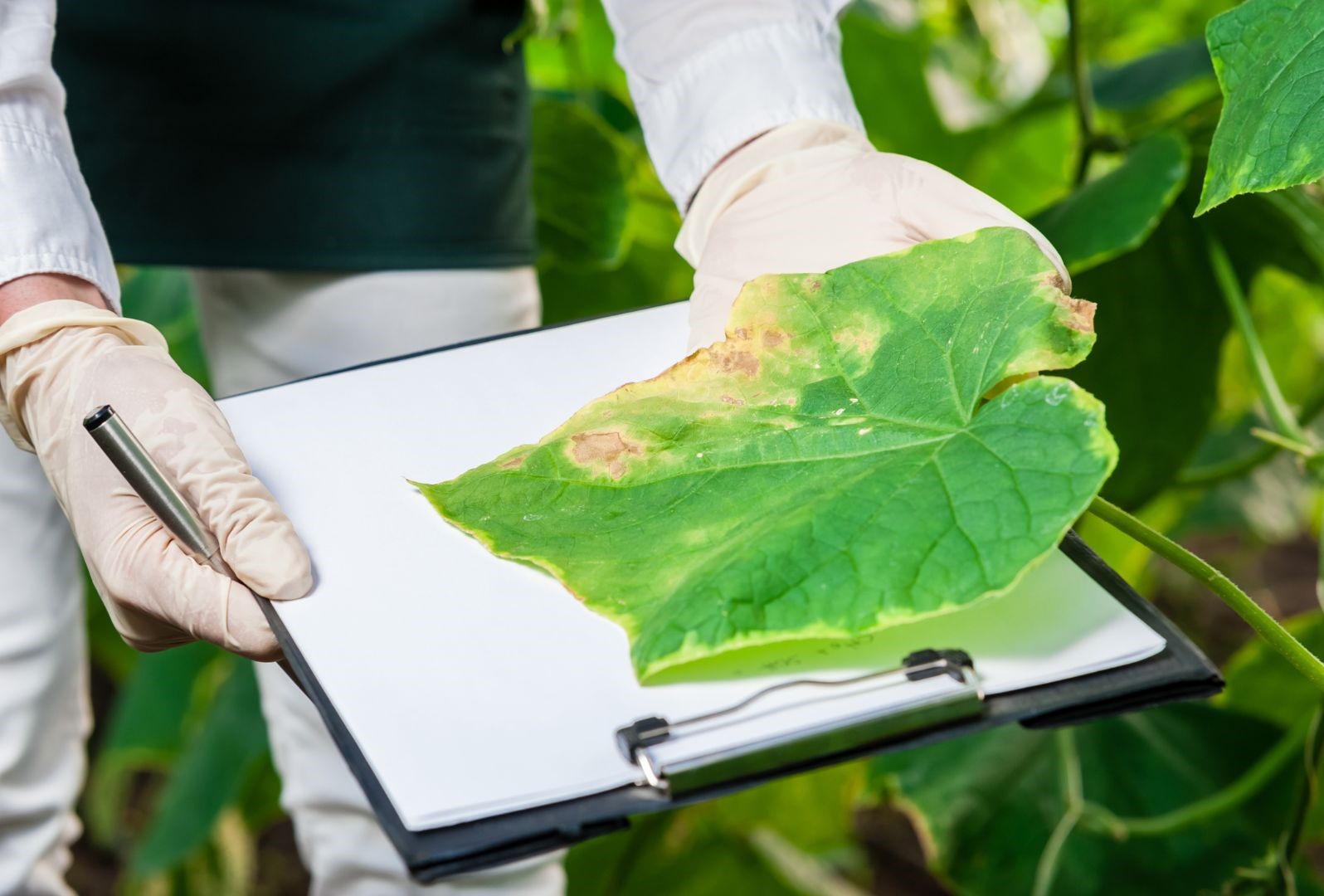10 Advanced Tips for Effective Crop Monitoring and Early Pest and Pathogen Detection
Tips and Best Practices for Crop Monitoring and Management of Plant Pests and Pathogens
Effective crop monitoring and early observation/recognition of pests and plant pathogens are crucial for maximizing agricultural yields. This article explores advanced tips and best practices, integrating modern technology and scientific methods to improve crop health and yield.
What is crop monitoring?
Crop monitoring is the systematic process of tracking crop health to identify and manage pest infestations and disease infections early. With advancements in agricultural technology, farmers now have access to tools that enhance the precision and efficiency of monitoring practices.
1. Frequent Monitoring – Field Inspections
Regular field inspections are the cornerstone of effective crop monitoring. It is recommended that inspections be conducted at least once a week (the frequency may depend on the environmental conditions, the developmental stage of the crop, etc). During these inspections, the farmer should carefully inspect all parts of the field, even field borders/margins where pest pressure can be higher.
Field inspections should systematically cover various areas in a zigzag pattern to ensure comprehensive coverage. During these inspections, it is essential to look for signs of plant stress, pest activity, and disease symptoms. Tools like magnifying glasses can help identify tiny pests or early signs of disease.
Keep Detailed Records – Disease/Pest history of the field
It is critical to maintain detailed records of observations, including dates, specific locations, and identified issues. These records enable farmers to analyze patterns and make data-driven decisions.
Record-keeping can be facilitated using digital tools like mobile apps or software designed for farm management. These tools can store data on crop health, pest sightings, weather conditions, and treatment measures.
2. Early Detection and Rapid Response
Scouting and Trapping
Scouting involves regularly walking through fields and inspecting crops for signs of pests and diseases. Pheromone traps, sticky traps, and light traps can be used to monitor pest populations and provide early warnings of infestations.
Scouting should be systematic and cover different parts of the field to get a representative understanding of the crop health. Utilizing scouting apps can help record observations and analyze trends.
Quarantine and Isolate
When an infection or infestation is identified, quarantining and isolating affected plants can prevent the spread to healthy plants. This can be particularly important in greenhouse environments where pathogens can spread rapidly.
3. Use of Technology
Drones and Satellites
Drones and satellites provide aerial imagery that can detect stress areas and variations in crop health that are not visible from the ground. Precision agriculture tools offer real-time monitoring of crop health, soil conditions, and moisture levels.
Drones equipped with multispectral cameras can capture detailed images that highlight field areas where plants may suffer from a specific stress, disease, or nutrient deficiency. These images are analyzed using specialized software to create vegetation indices, such as the Normalized Difference Vegetation Index (NDVI), which helps in assessing plant health.
Satellites provide broader coverage and can be particularly useful for large farms. Satellite imagery, available through platforms like Sentinel-2 and Landsat, offers regular updates and can be used to monitor changes over time. This technology is crucial for identifying large-scale issues that may not be apparent from the ground level.

Mobile Apps and Software (Decision Support Systems)
Mobile apps and software designed for crop monitoring can provide plant disease identification tools and pest databases, making it easier for farmers to diagnose and manage issues on the spot.
Apps like Plantix, Agrio, and Field Scout offer features such as symptom recognition, pest and disease identification, and treatment recommendations. These apps use artificial intelligence (AI) to analyze images of affected plants and provide possible diagnoses. They also offer community forums where farmers can share experiences and solutions.
4. Recognizing Common Pests and Diseases
Learn the Signs/Symptoms and the Physiology of the Pests and Pathogens
Farmers should familiarize themselves with the common pests and diseases in their region. Visual cues like holes in leaves, discoloration, wilting, mold growth, leaf spots, and abnormal growth patterns indicate pest damage or disease.
Knowing the lifecycle and behavior of common pests can help in early detection and management. For instance, understanding that certain pests, like aphids, often appear in clusters on the undersides of leaves or that certain fungi cause specific types of leaf spots can significantly enhance early diagnosis and treatment.

5. Integrated Pest Management (IPM)
- Cultural Practices
Cultural practices involve modifying the farming environment to reduce the incidence of pests and diseases. Crop rotation, intercropping, and choosing pest-resistant crop varieties are effective cultural practices 4.
Crop rotation helps break the life cycles of pests and pathogens that rely on specific crops. Intercropping involves growing different crops in proximity, which can deter pests by confusing them or providing a habitat for their natural enemies.
- Mechanical and Physical Control
Mechanical controls include methods like hand-picking pests, using traps and employing barriers. Physical controls involve using row covers to protect plants from insects and adjusting planting dates to avoid peak pest periods.
- Biological Control
Introducing natural predators, parasites, or pathogens to control pest populations is a key component of IPM. Beneficial insects like ladybugs, lacewings, and parasitic wasps can significantly reduce pest populations.
- Chemical Controls
Chemical controls should be used as a last resort and in a targeted manner to minimize environmental impact. When using pesticides, selecting products that are effective against the specific pests or pathogens identified is essential, as well as following label instructions to avoid resistance development.
6. Soil and Plant Health
Healthy Soil Practices
Regular soil testing is essential to monitor nutrient levels and pH, ensuring they are within optimal ranges for crop growth. Adding organic matter, such as compost or manure, improves soil structure, water retention, and microbial activity.
Cover cropping and reduced tillage are practices that can help maintain soil health. Cover crops prevent erosion, improve soil fertility, and can even suppress weeds and pests.
Plant Health Monitoring
Ensuring that plants receive adequate nutrients and water is vital. Stressed plants are more susceptible to pests and diseases.
Plant health monitoring involves regular checking of plant vigor, leaf color, and growth patterns. Tools like soil moisture sensors and nutrient meters can provide real-time data to help manage irrigation and fertilization effectively.
7. Biological Control Methods
Beneficial Insects
Introducing beneficial insects into the farming ecosystem can help control pest populations naturally. Ladybugs, for example, are effective at controlling aphids, while parasitic wasps can target specific pest larvae.
Microbial Solutions
Using beneficial microbes and fungi enhances plant health and suppresses pathogens. Products containing Bacillus subtilisor Trichoderma spp. can be effective in managing soil-borne diseases.
Microbial inoculants can promote plant growth by enhancing nutrient uptake, stimulating root development, and outcompeting harmful pathogens in the soil.
8. Training and Education
Stay Informed
Staying up-to-date with the latest research and advancements in crop monitoring and pest/pathogen management is crucial for effective farming.
Farmers should regularly participate in workshops, webinars, and extension programs. Subscribing to agricultural journals and newsletters can also provide valuable information on emerging threats and new technologies.
Local Extension Services
Local agricultural extension services provide expert advice and resources tailored to specific regions, helping farmers implement best practices effectively.
9. Collaborating with Researchers and Institutions
Collaborating with agricultural researchers and institutions can provide farmers with access to cutting-edge technologies and methods. Participating in field trials and studies can also help farmers adopt new practices that are backed by scientific evidence.
10. Sustainable Practices
Adopting sustainable farming practices ensures long-term productivity and environmental health. This includes using organic amendments, reducing chemical inputs, conserving water, and promoting biodiversity.
- Agroecology
Agroecology focuses on applying ecological principles to agricultural systems. Through practices like polycultures, agroforestry, and integrated livestock systems, it promotes biodiversity, nutrient cycling, and resilience.
- Regenerative Agriculture
Regenerative agriculture aims to restore soil health, sequester carbon, and improve water cycles. Practices include cover cropping, no-till farming, and holistic grazing management.
Conclusion
Effective crop monitoring and recognizing pests and plant pathogens are vital for maintaining healthy crops and optimizing yields. Combining traditional practices with modern technology and scientific methods allows for early detection and efficient management of potential threats. Implementing these tips and best practices can help farmers protect their crops and promote sustainable agricultural practices.
References
- Binns MR, Nyrop JP, Werf W van der (2000) Sampling and monitoring in crop protection: the theoretical basis for developing practical decision guides. CABI Pub., Wallingford, Oxon, UK
- Zhang C, Kovacs JM (2012) The application of small unmanned aerial systems for precision agriculture: a review. Precision Agric 13:693–712. https://doi.org/10.1007/s11119-012-9274-5
- Bhattacharjee S, Raj S (2014) Global Review on Mobile Phone Applications for Agricultural Extension. pp 75–118
- Ehler LE (2006) Integrated pest management (IPM): definition, historical development and implementation, and the other IPM. Pest Management Science 62:787–789. https://doi.org/10.1002/ps.1247
- Flint ML, Gouveia P (2001) IPM in Practice: Principles and Methods of Integrated Pest Management. University of California Division of Agriculture and Natural Resources
Further reading
Integrated Pest (Disease & Weed) Management (IPM): Principles, Practices and Advantages
Innovations & Technologies for Smarter Integrated Pest Management
What is Regenerative Agriculture?
How can vegetation indices help to improve crop growth and yield?
What are the main technologies and applications of precision agriculture?











































































